As the year winds down, I had one last UK trip I was committed for two track days, one at Donington (again) and Goodwood. Its difficult to get track days at Goodwood as only 10 cars can be on track at any one time, so it is quite restrictive, plus the price is extremely high for such exclusivity. I had been booked for June 2020 but thanks to an annoying pandemic, I was cancelled out.
Doing the usual overnight red-eye flight out of East Coast USA, I arrived at 7:00AM at Heathrow feeling the usual second-hand self after one of those flights. Hot shower and two coffees later, I was on my way to pick up a rental car. I won the rental car lottery this trip - a new top of the line Volvo XC90.
This was useful as my morning was being used to stop at the British Motor Museum, just off the M40, at Gaydon, about an hour north west of Heathrow and an hour and half from Donington where I was going to be staying the night.
I went to the British Motor Museum back in 2014. Originally the nucleus of the Museum was the remnants of the British Leyland collection which went bankrupt in the 1980s. However, it has been substantially expanded since then to bring in Vauxhall collection once Vauxhall was sold by GM in 2017 to PSA (Peugeot & Citroen). In addition, a major new building was constructed next to the Museum to become the home of the Jaguar collection (which is headquartered next door) and have a classic car restoration facility.
A review of the various British brands that existed and have failed is sobering to look at. The British car industry substantially collapsed over the period from 1955 to 1990, unable to compete due to small volumes and high costs plus unfriendly Government policy.
Caterham, Westfield and Lotus feature on the wall of car badges. But their presence alongside failed companies such as TVR, Allard, Frazer-Nash, Rover, MG, etc. is a sobering reminder that being a car maker in the 2020s is a challenging business without having a parent company with deep pockets, although Lotus does have that safety net these days.
The collection is testament to the innovation of the British auto industry despite its competitive struggles.
As you walk in you are greeted by the Aston Martin Bulldog. A 1980s effort by Aston Martin to build a supercar, powered by its traditional 5.3L V8 plus a pair of whopping great turbo chargers with 700hp, it was aborted for lack of funds at the time, with just one prototype remaining. But in recent years, an effort was made to restore the car and set out to achieve its design target top speed of over 200mph, which it did in June 2023.
The interior is classic Aston Martin 1980s styling, with bits borrowed from the Aston Martin Lagonda in production at the time.
A visit to a British Motor Museum would not be complete without seeing a Mini. And does this place deliver. How about the 1964, 1965 and 1967 Monte Carlo Rally winners?
The Lotus marque features prominently. A stunning Lotus 6 with the Lotus 7 standing next to it.
The best bits of the Vauxhall collection are upstairs, with a 'Droop Snoot' and a Lotus Carlton catching my eye.
Sprinkled through all buildings are various Daimler, Rovers, Rolls Royce, Range Rover and Land Rovers that were used as official transport for the Royal Family. Particularly, noteworthy were the Land Rover 110s and Defenders driven by Her Majesty herself around her various properties. Note the plush interior - that is not standard for the average purchaser!
Next door to the main museum is the restoration facility and overflow storage for the collection. Half of the ground floor is dedicated to restoration.
Upstairs is jawdropping. Just rows of cars - three deep on each side of the aisle - which you can immerse yourself in for as long as you want. Very few people were there, maybe only 10 including myself in a building with a couple of acres of floor space.
Given the sheer quantity of cars, just a few highlights. Below is the Morris 1800, nicknamed the "Land Crab" because of its unusual proportions. This was the 1968 London to Sydney Rally car which finished second.
Burried in a row was the last 'classic' bodied Range Rover to come down the production line. Still less than 100 miles on the odometer.
The other half of the downstairs section is the Jaguar collection. An astounding array of production Jaguars and race cars just stacked into a hall with only 5 people in the room.
A LeMans Jaguar that finished fifth in the race.
A brace of D-Type Jaguars that are all place finishers in Le Mans.
This D-Type long nose won the 1956 Reims 12 Hour Race and followed it up with 6th place at Le Mans in the same year.
Imagine man-handling a D-type at 175mph in the dark at Le Mans, sliding all over the leather padded seat. No race shell to keep you located while slipping through a corner.
The C-Type. This competed in Le Mans as well in 1953 with Duncan Hamilton and Tony Rolt (of Colditz WW2 prison escape fame) as drivers. The somewhat embellished story from this race was that the car was disqualified for running on the circuit in practice with the same race number on the side as another Jaguar. Thinking that his race was done, Duncan Hamilton stayed up all night drinking to drown his sorrows, only to discover in the morning that the French officials had reinstated the car and he had to drive while somewhat inebriated. It is worth remembering that the C-Type averaged 100mph around the circuit.
The iconic Jaguar XJS. Its funky looks derive from the fact that it was originally intended to be mid-engined. However, cost constraints and a change to a luxury GT focus forced the engine to be relocated to the front, with the front end styling extended to accommodate the V12 engine and the rear end modified with flying buttresses to hide the change in design spec.
As a race car, the XJS was very successful in the 1984-1986 period with Tom Walkinshaw racing. The car pictured below won many European Touring Car races, most notably the 1985 Spa 24 Hours plus came third at the Bathurst 1000 in the same year. In 1985 I was at the Bathurst circuit for qualifying and the race - it just monstered everything else, with its sister car winning the race. Its hard to describe the volume of chainsaw ripping noises this engine produces in unsilenced race trim. This car is to blame for my expensive love of V12 cars today.
How could you not love a Jaguar V12 when you look at this video:
The Jaguar XJ220 was a 1990s era supercar. It was a sales flop because it had the misfortune to be launched into the early 1990s recession plus the original promise of the engine being based off Jaguar's V12 failed to materialize. The prototype in the photos below uses the 6.2L V12. The production model used the twin turbo 3.5L V6. Even so, thirty plus years on, this still remains the third fastest production car ever for top speed.
Mega money for the XJ220 and still the interior is a mish-mash of parts from Ford donor vehicles!
A highlight of the exhibits is the XJ13. Never put into production as it was unstable at speed, it is still stunning to admire today.
The V12 in the Jaguar XJ13
Refer to Part 2 here
-
 2
2

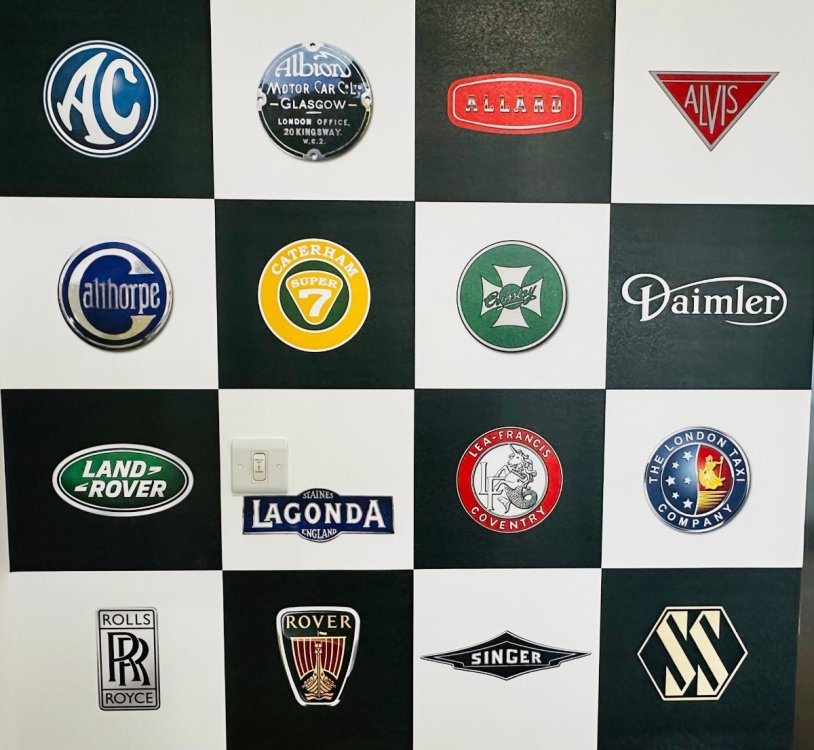
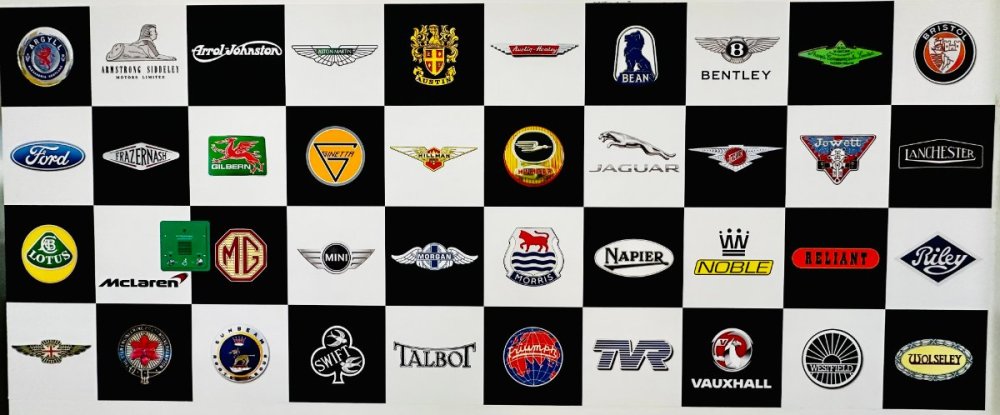
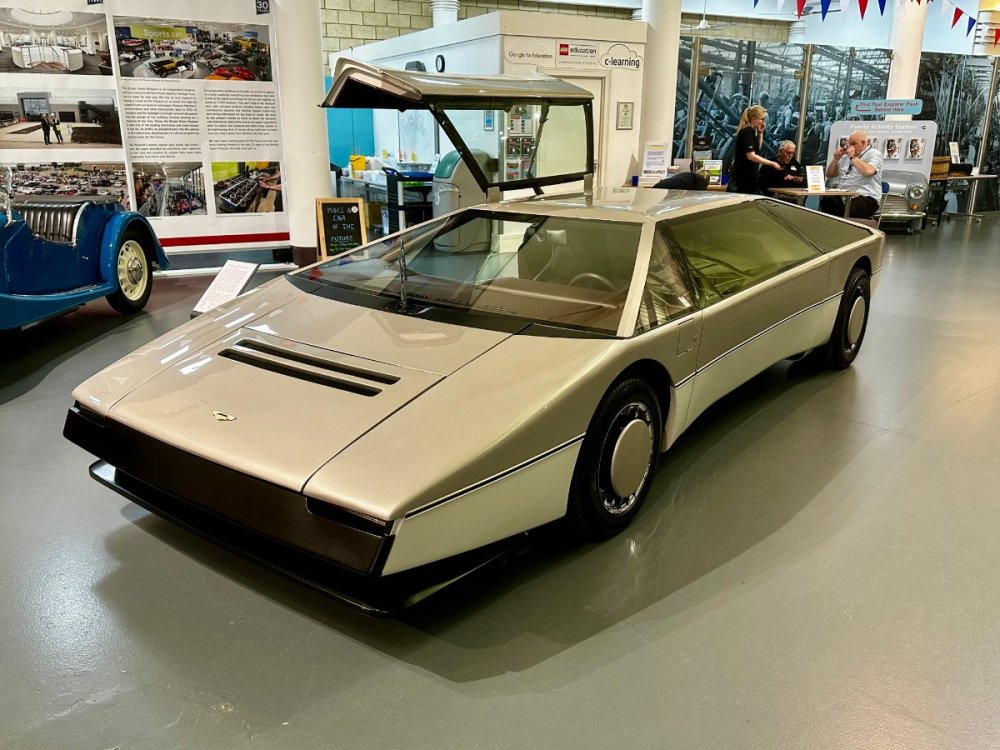
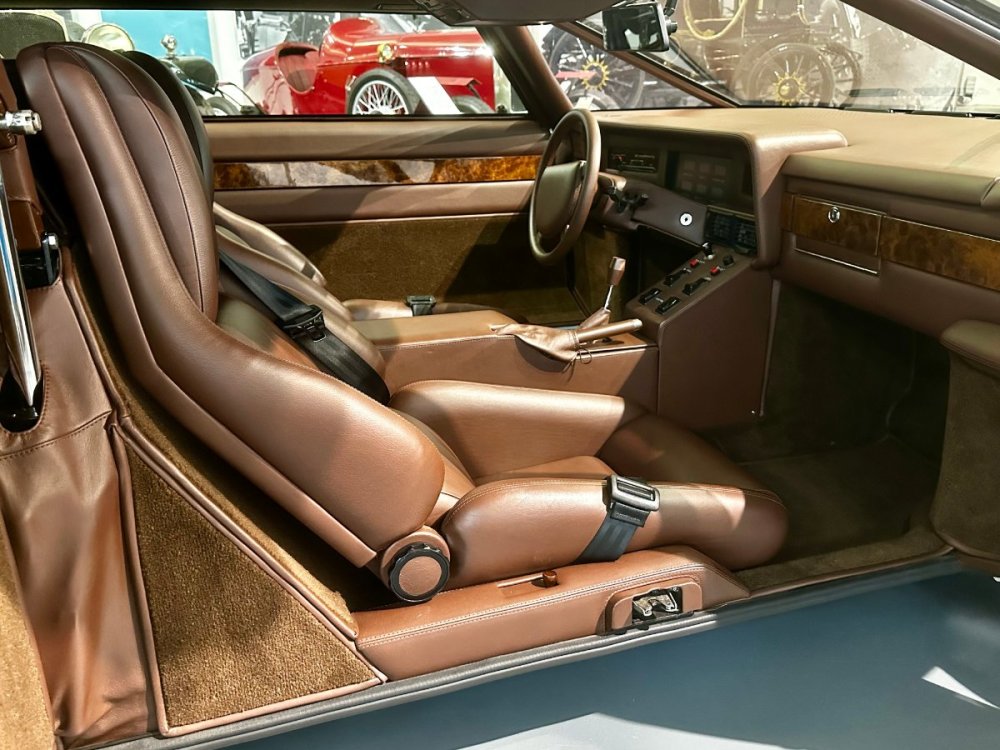
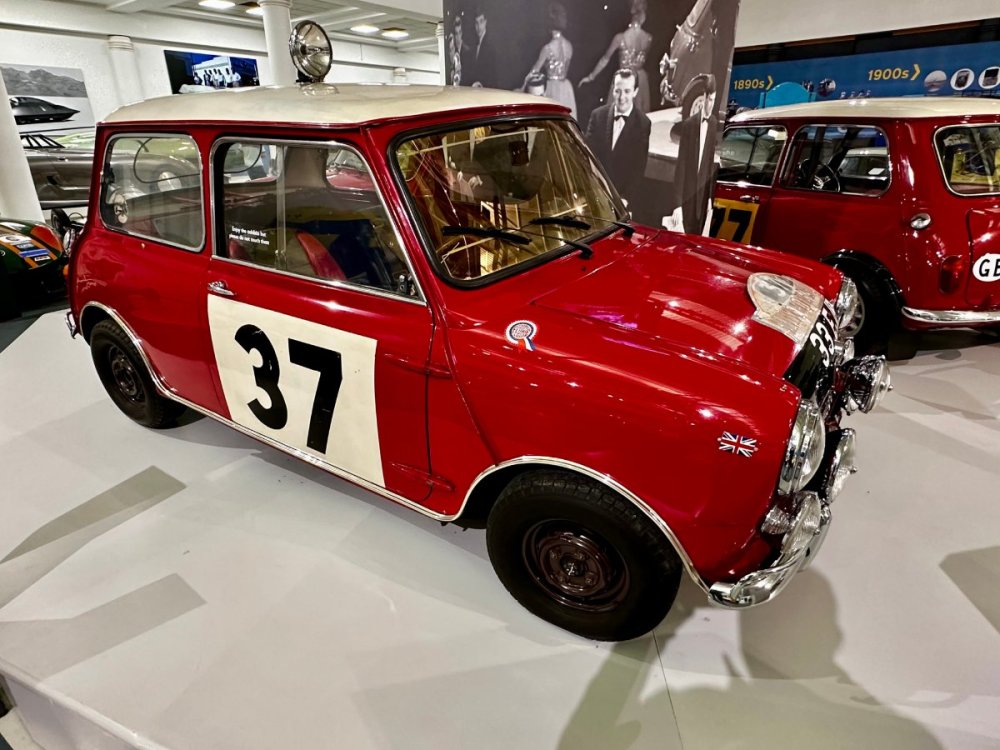
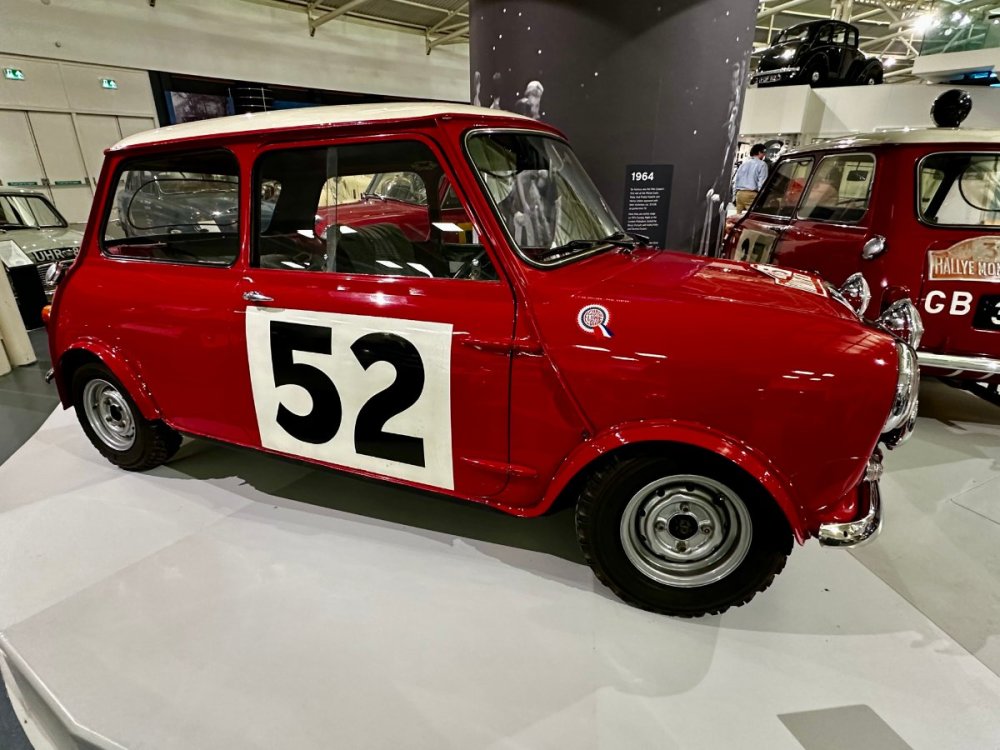
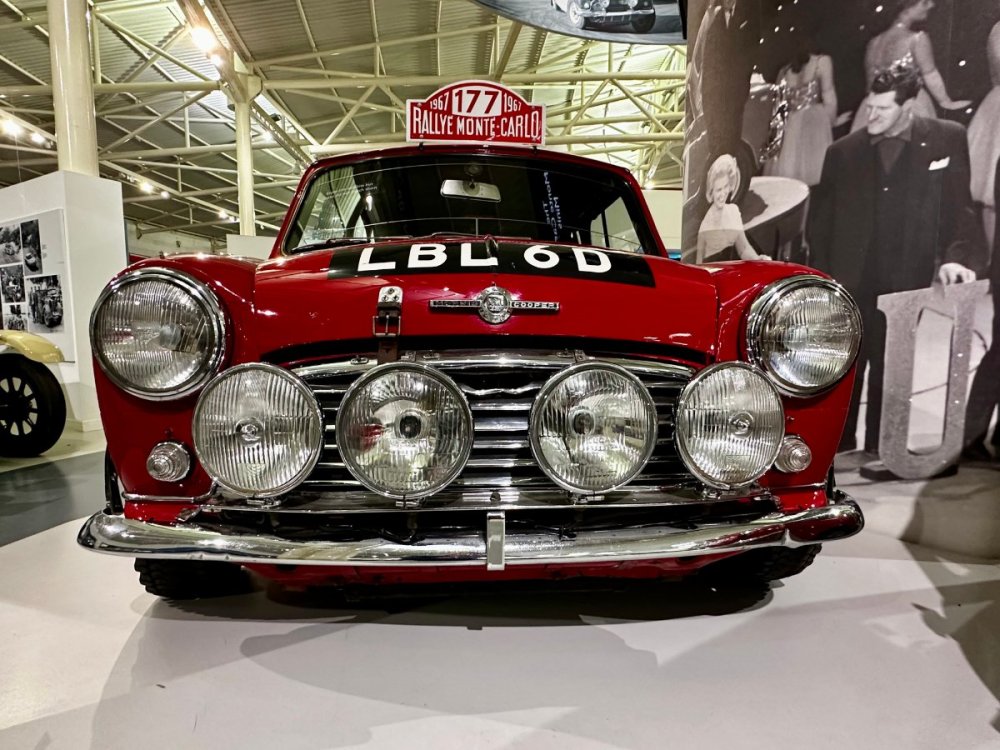
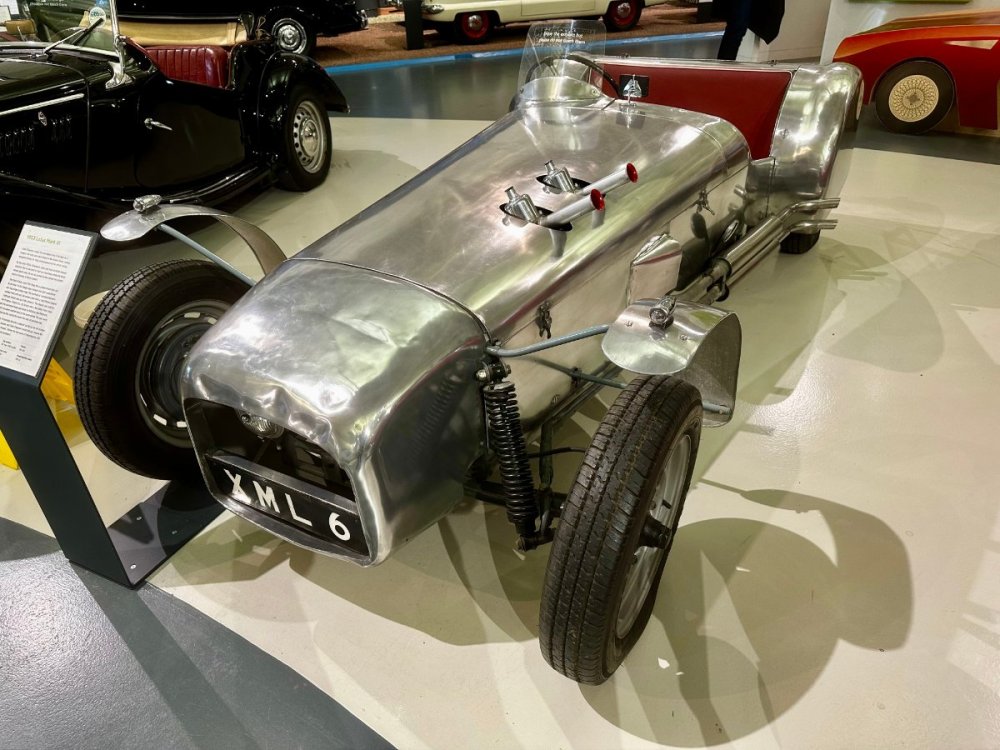
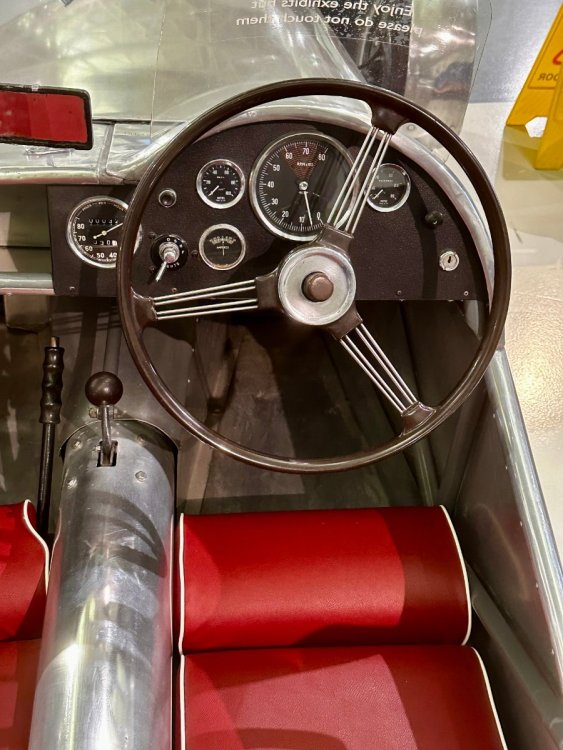
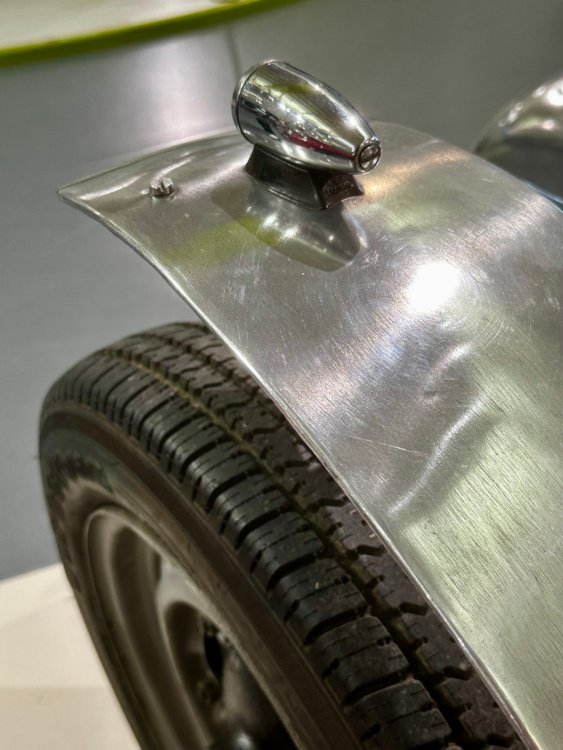
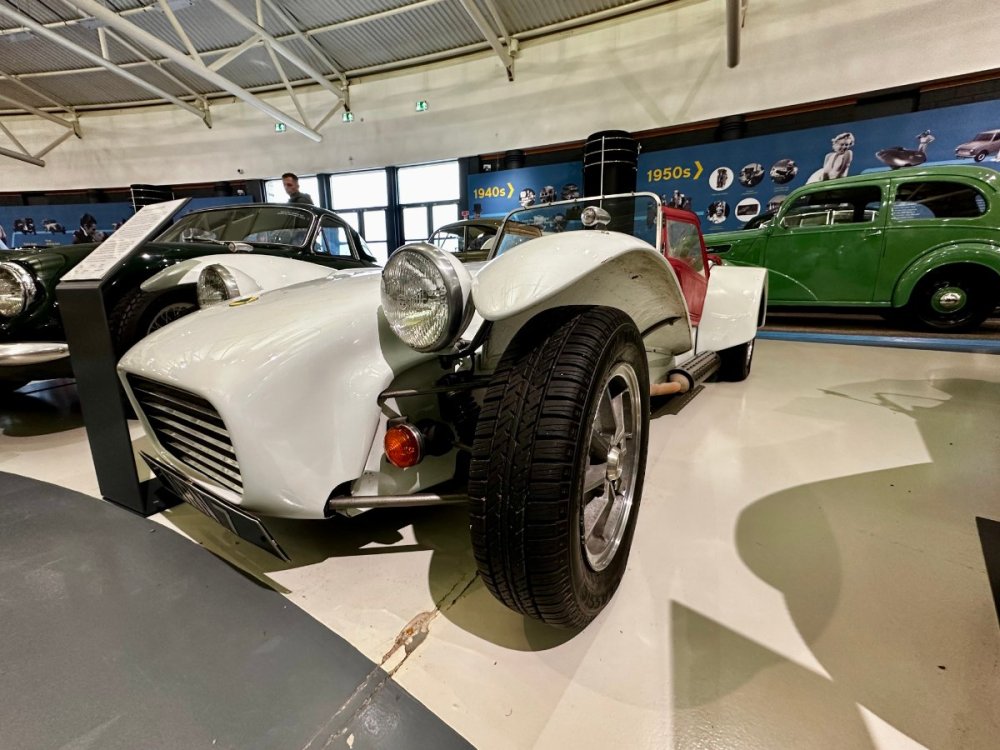
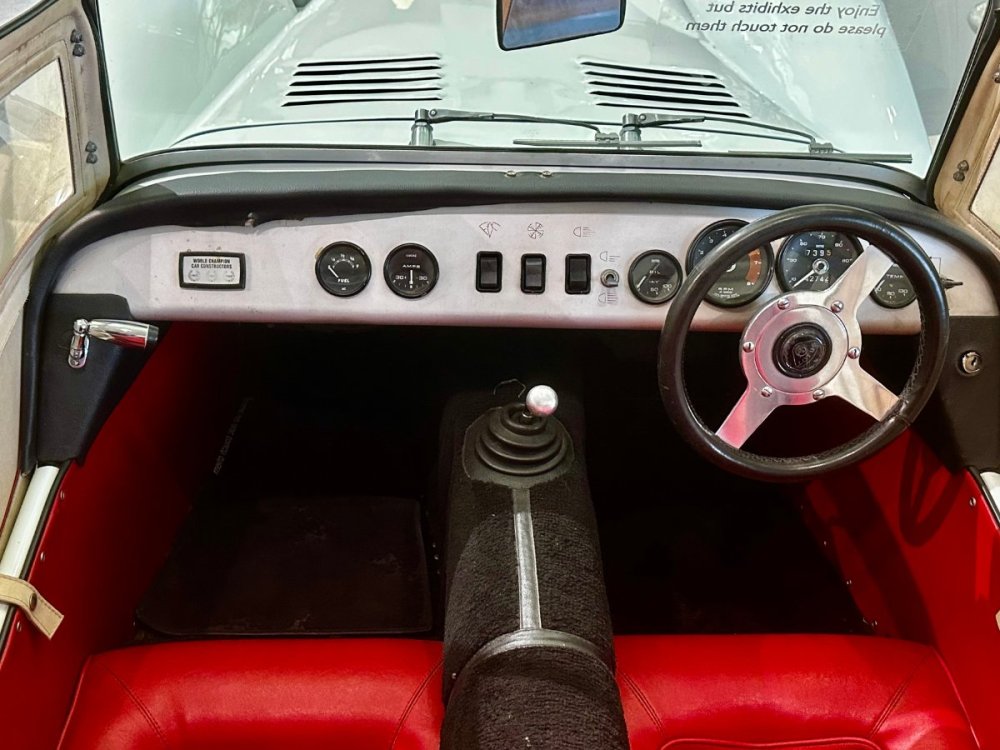
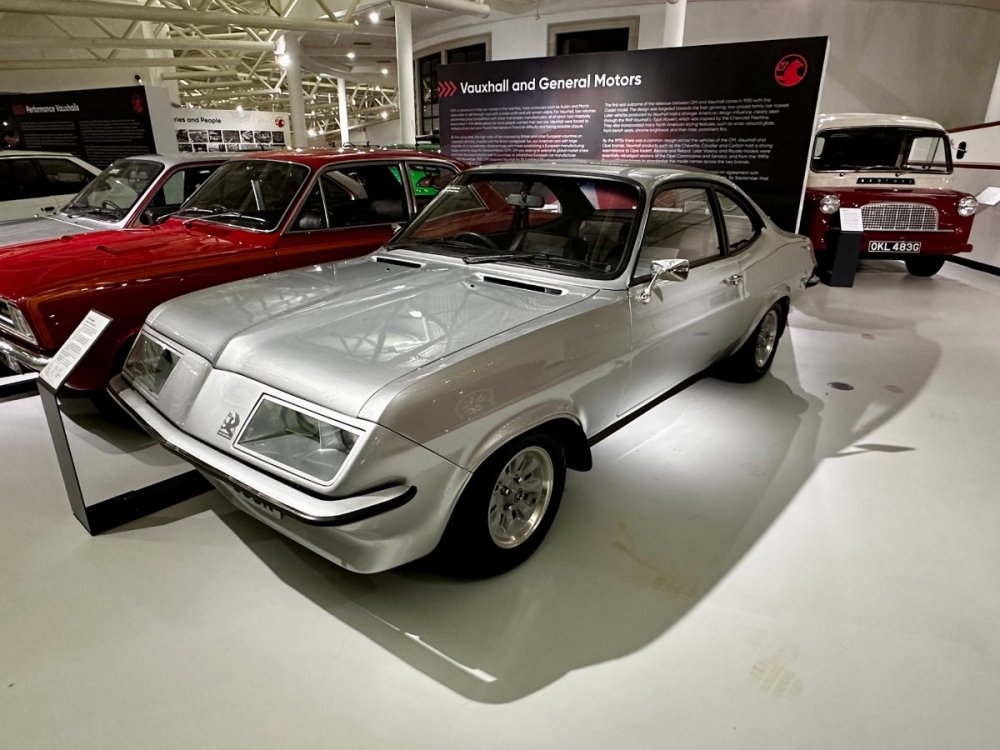
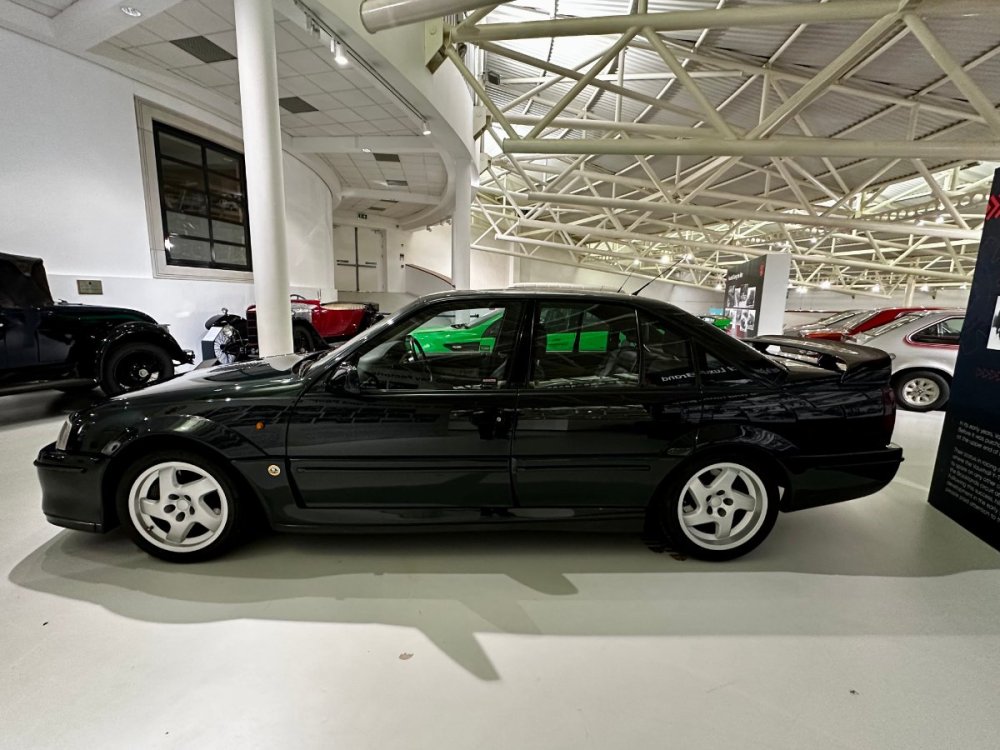
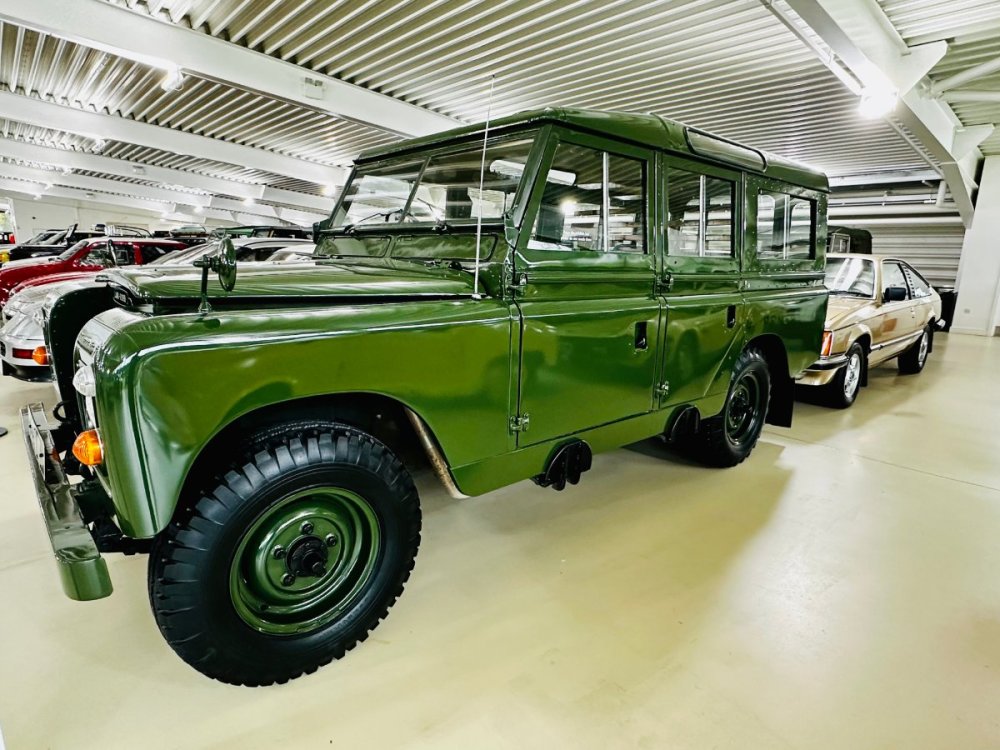

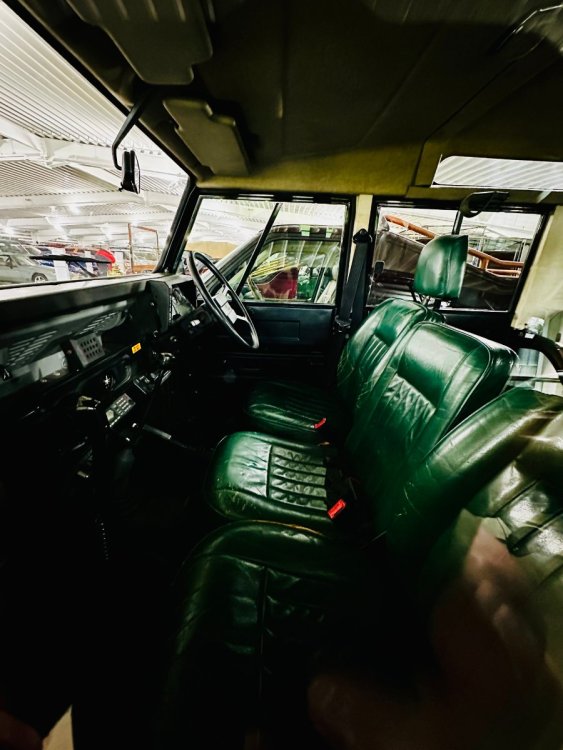
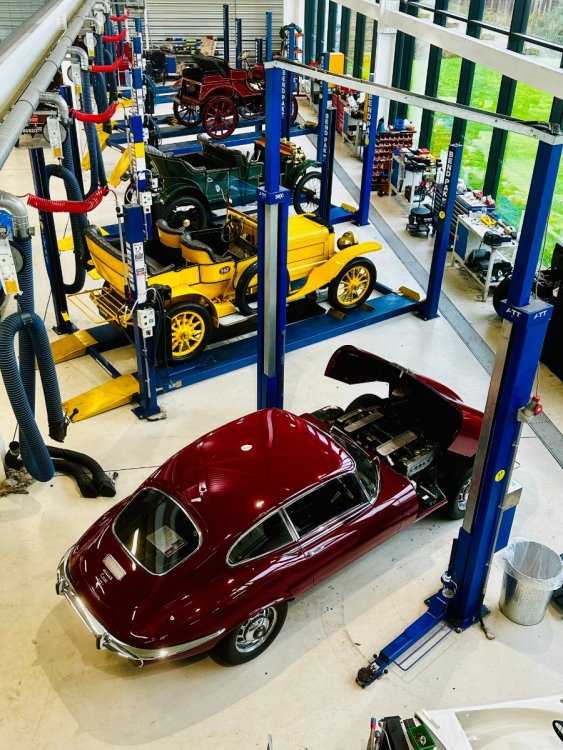
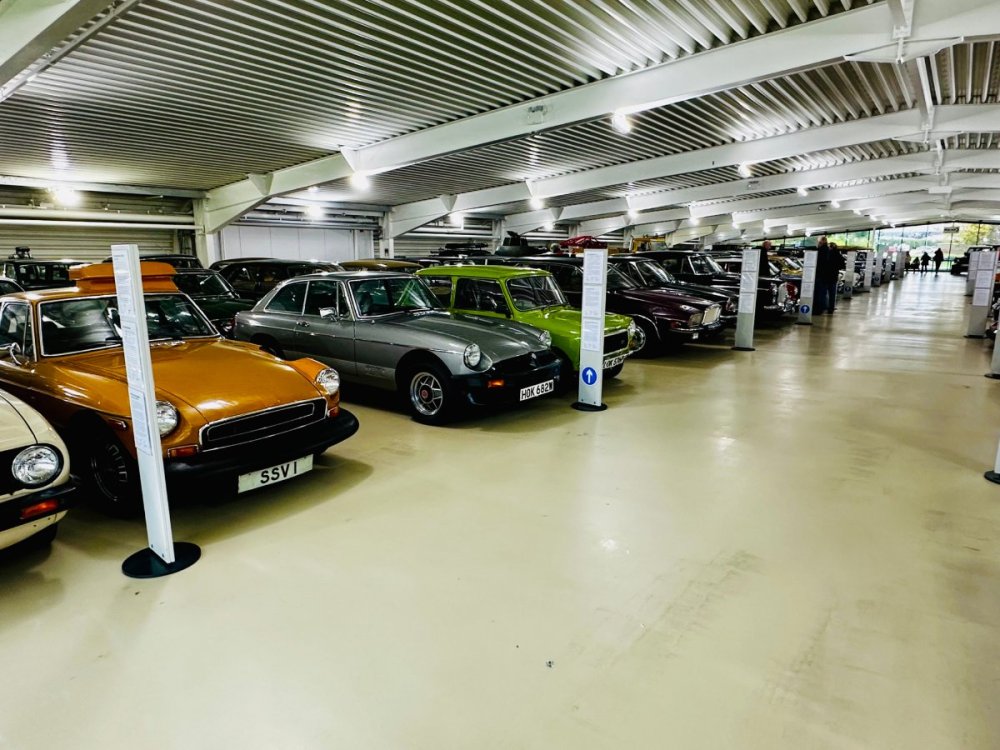
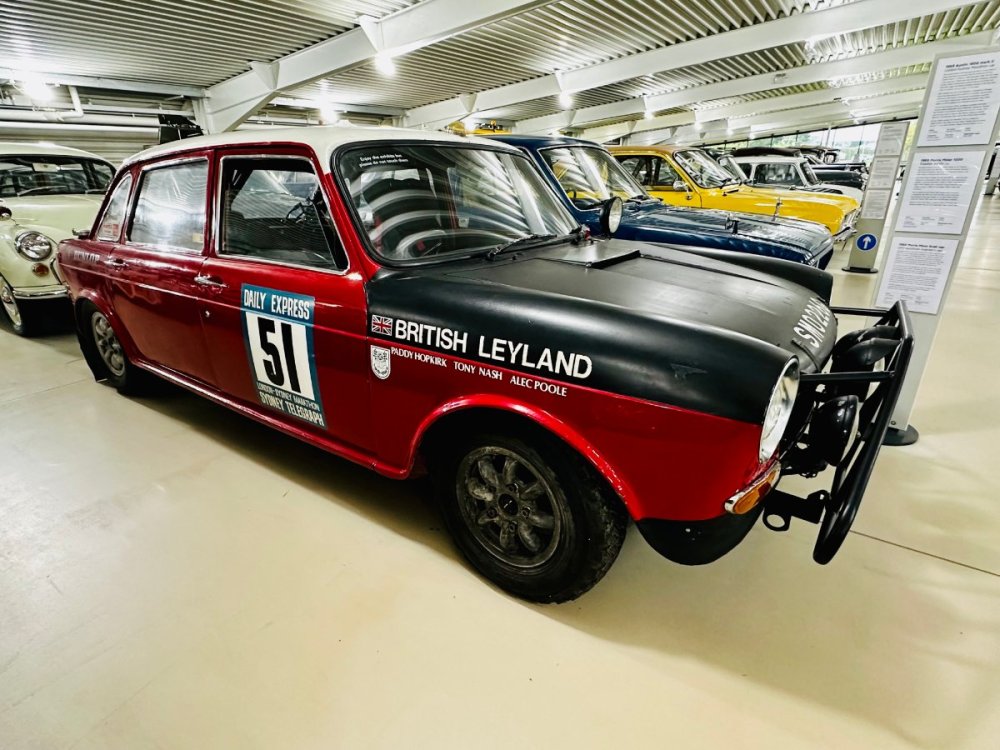
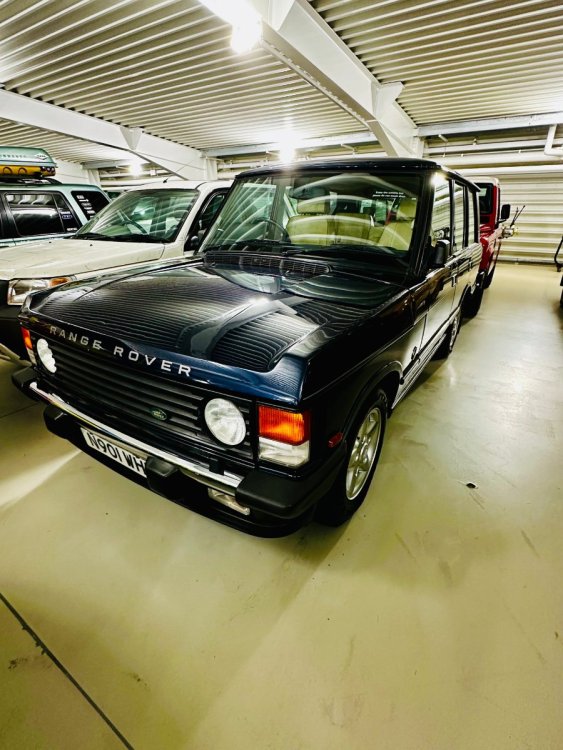
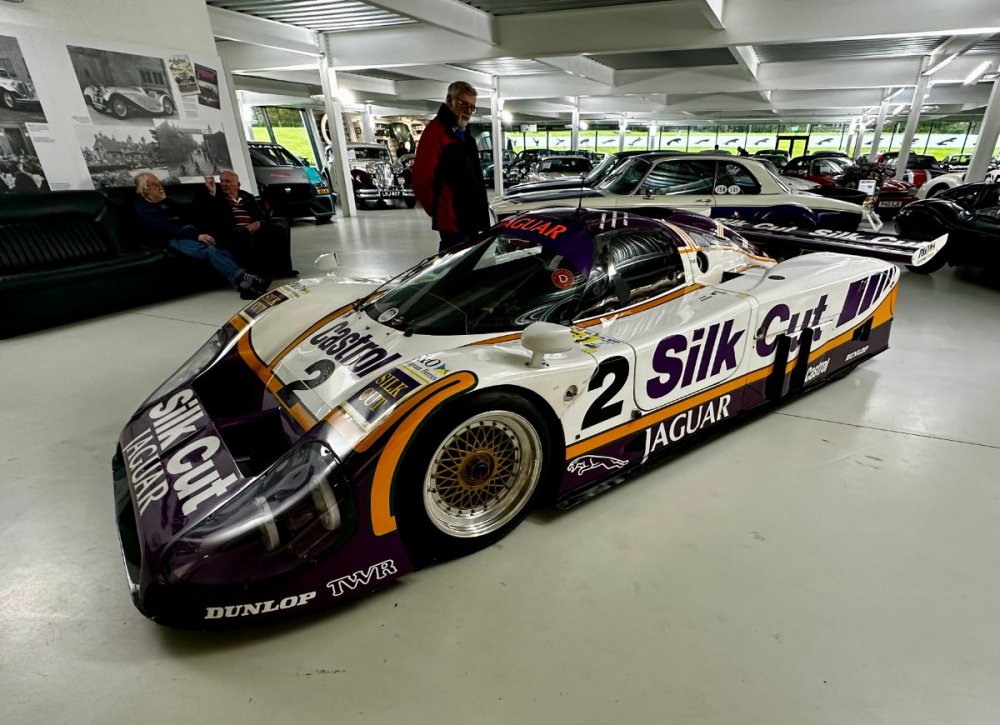
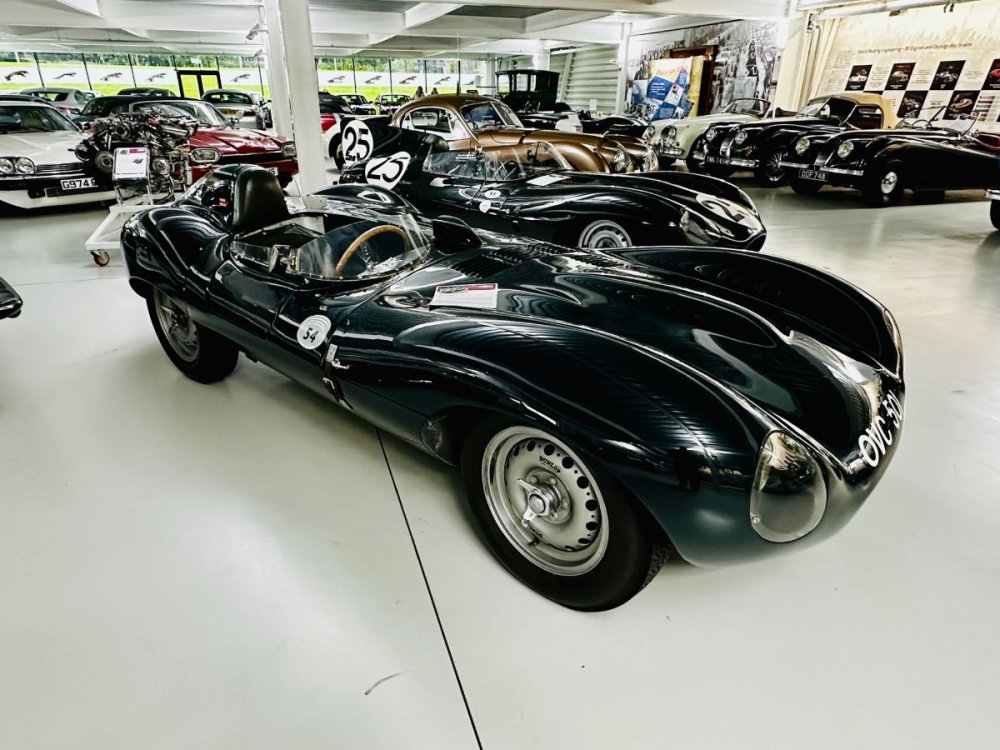
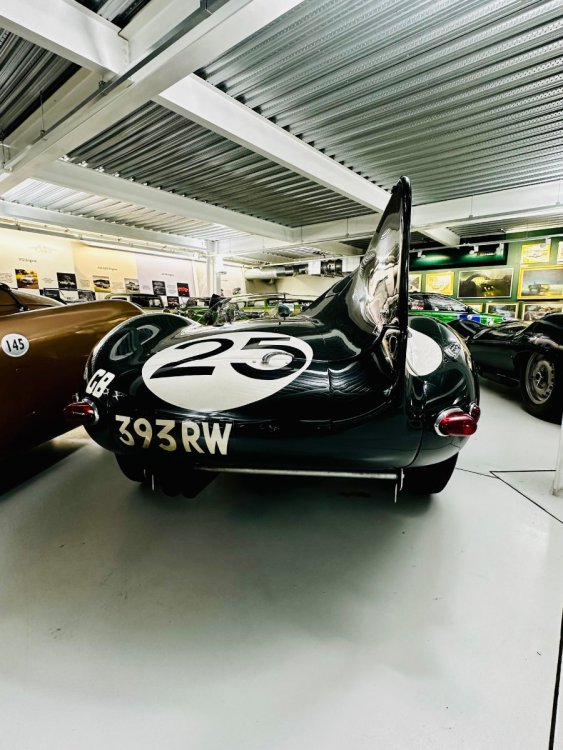
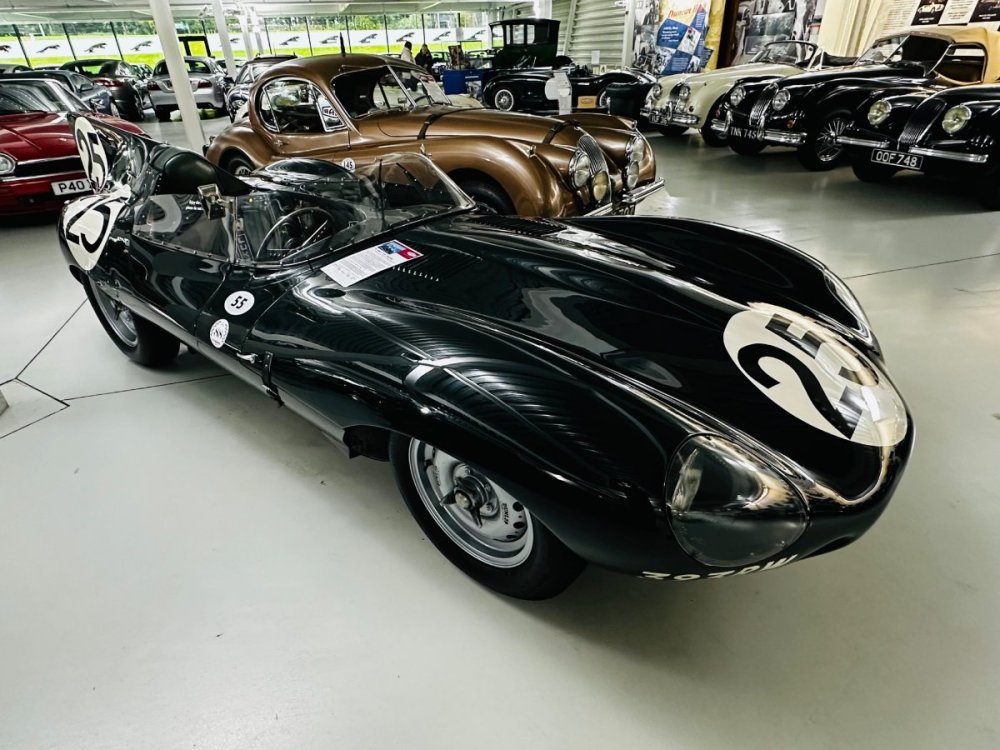
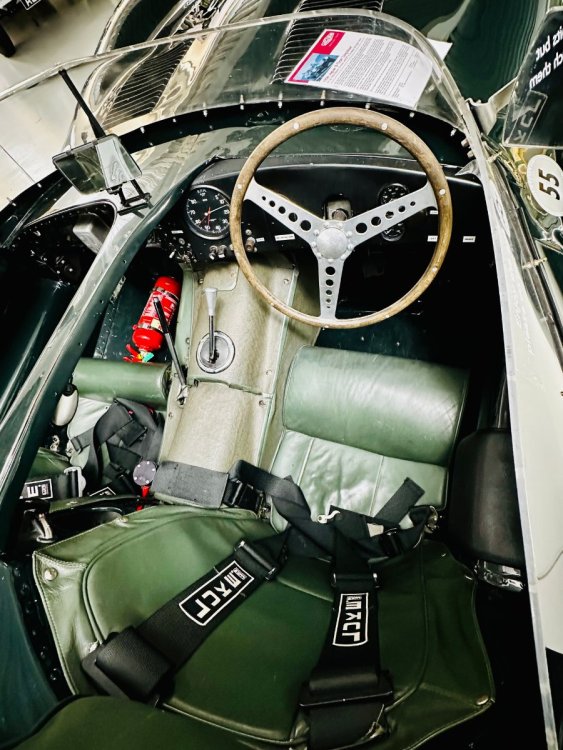
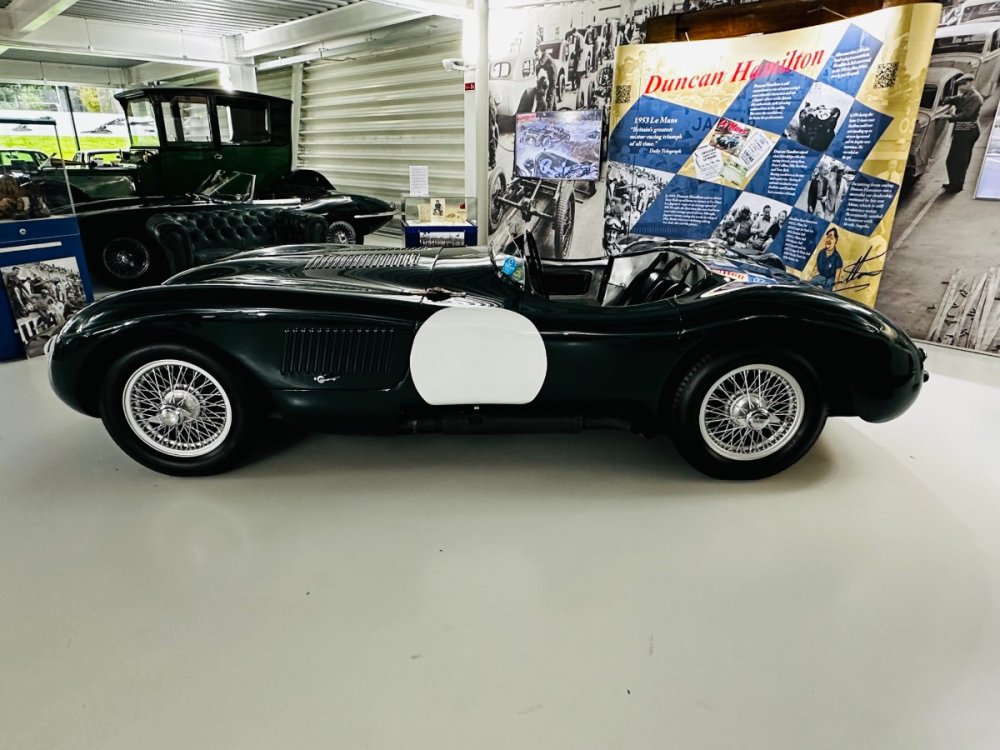
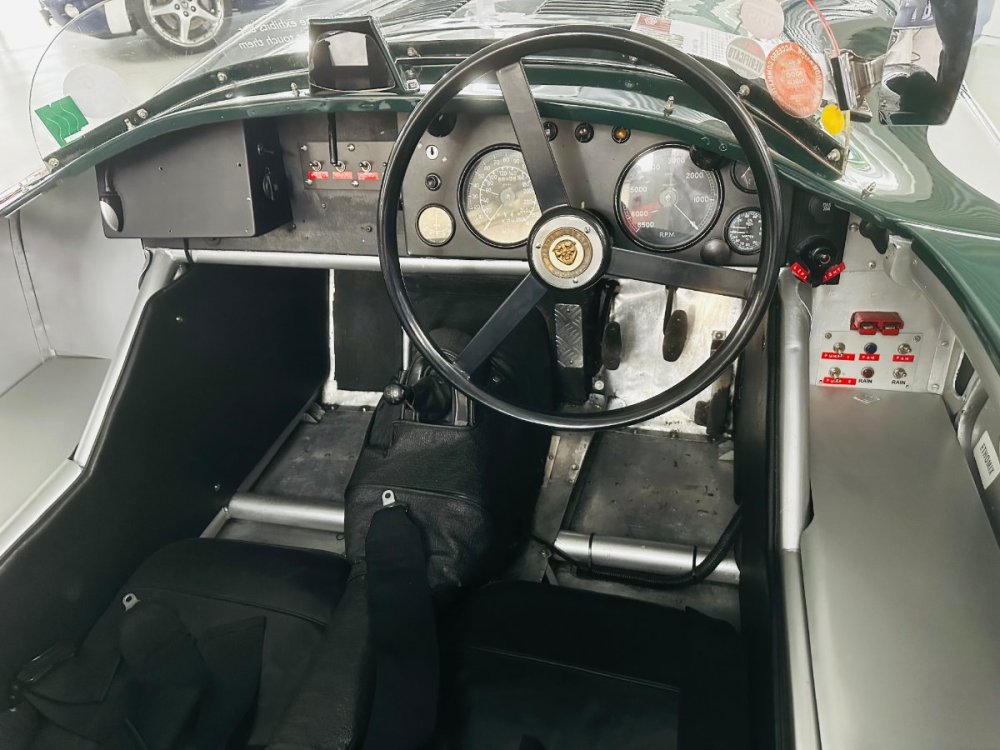
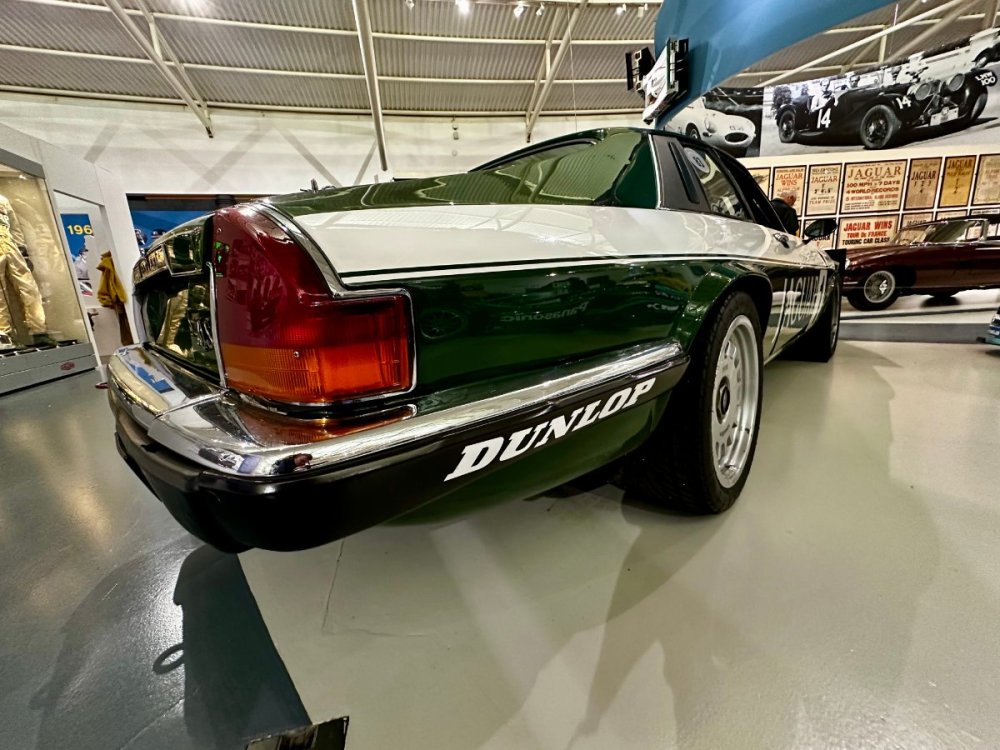
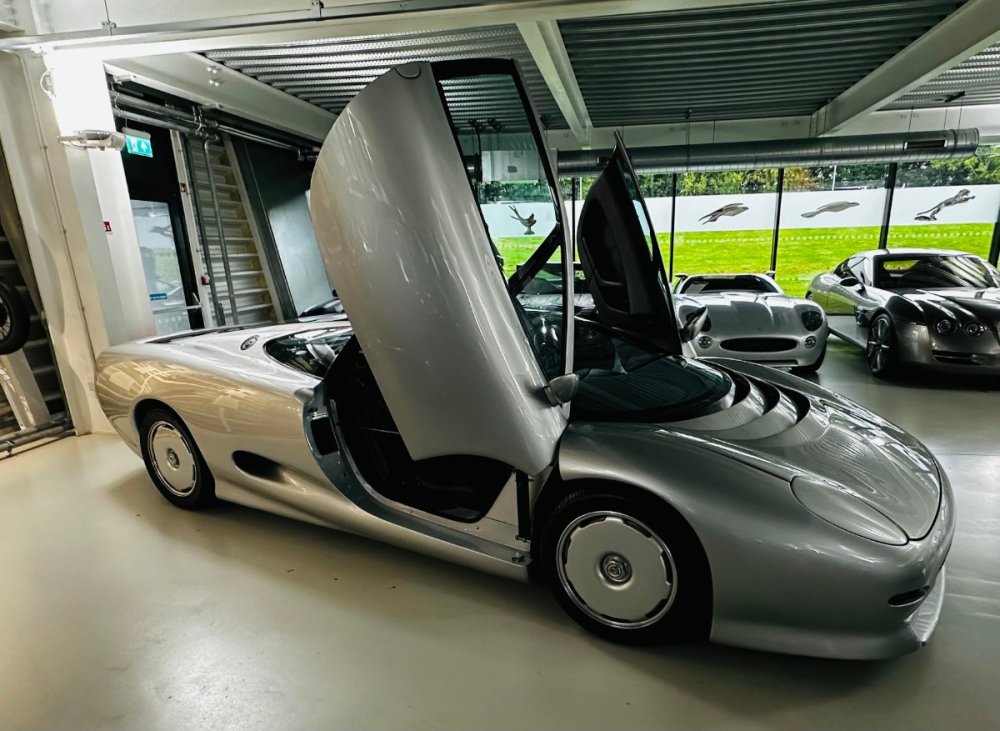
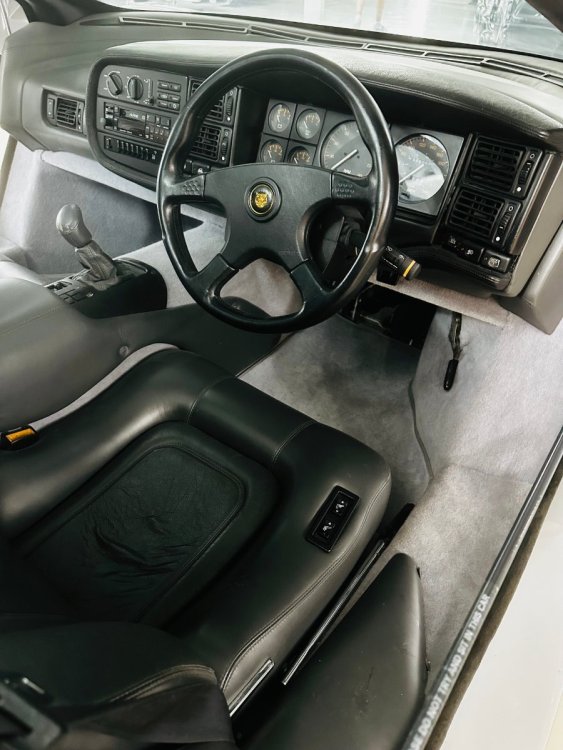
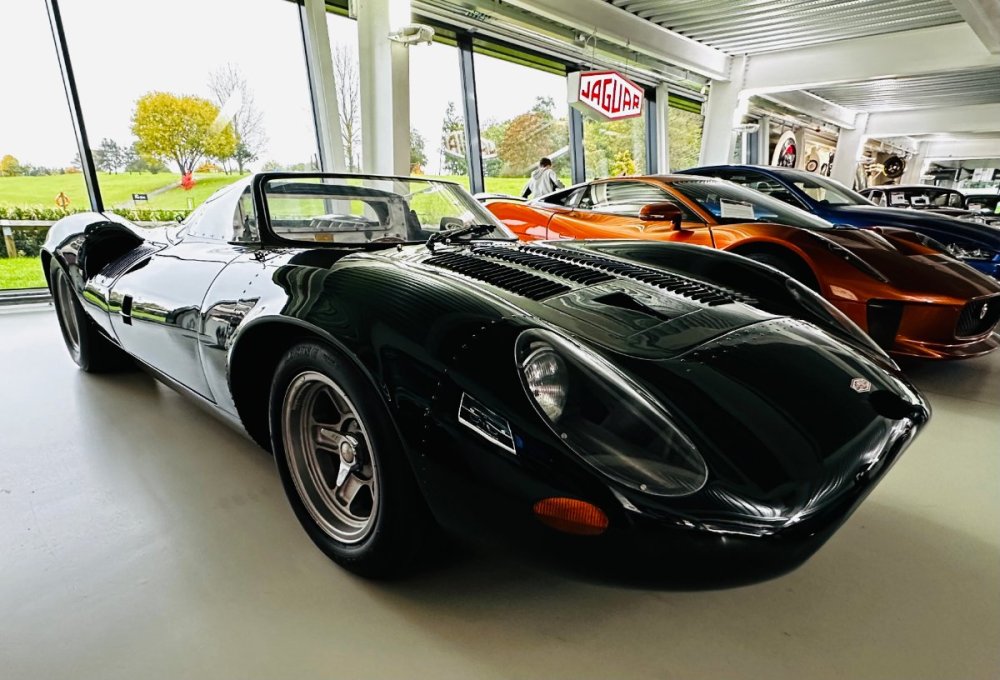
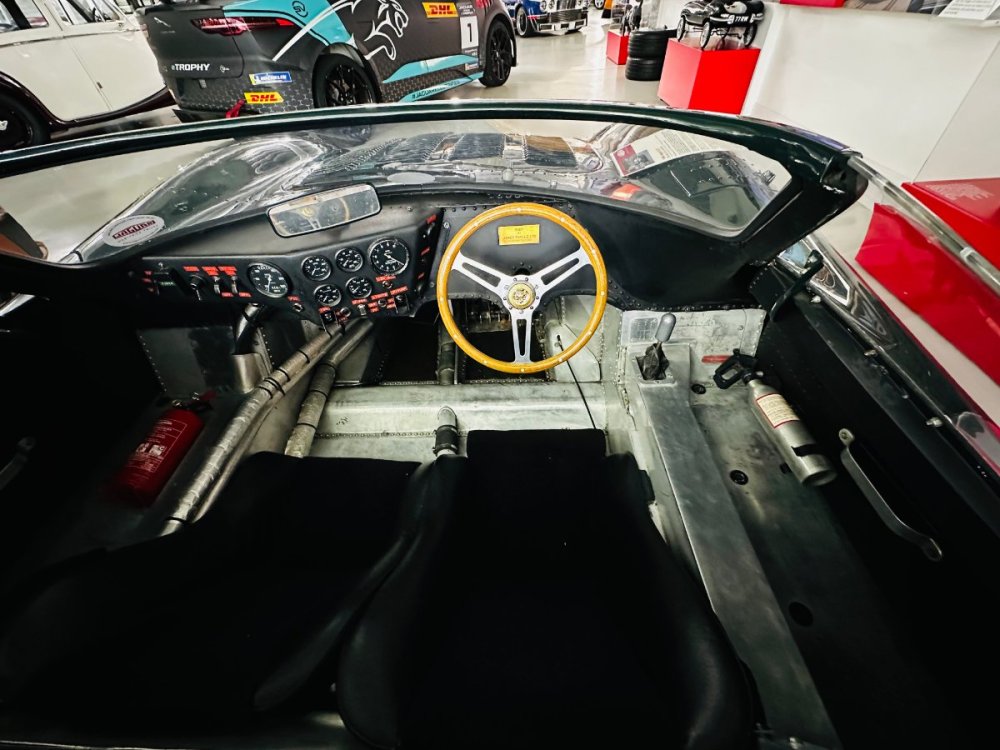
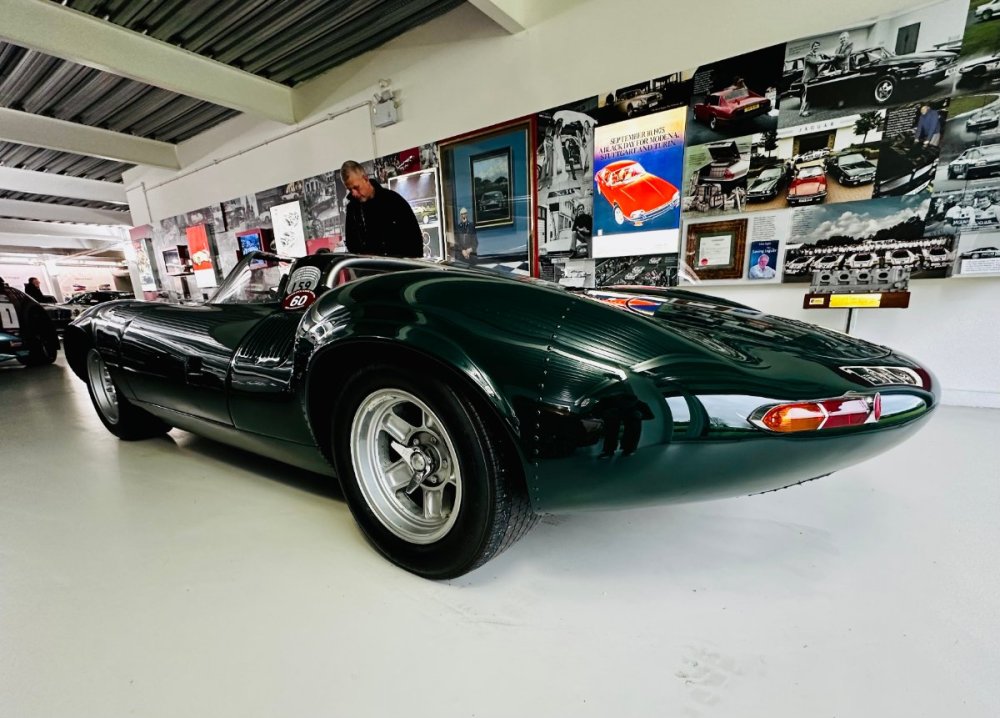
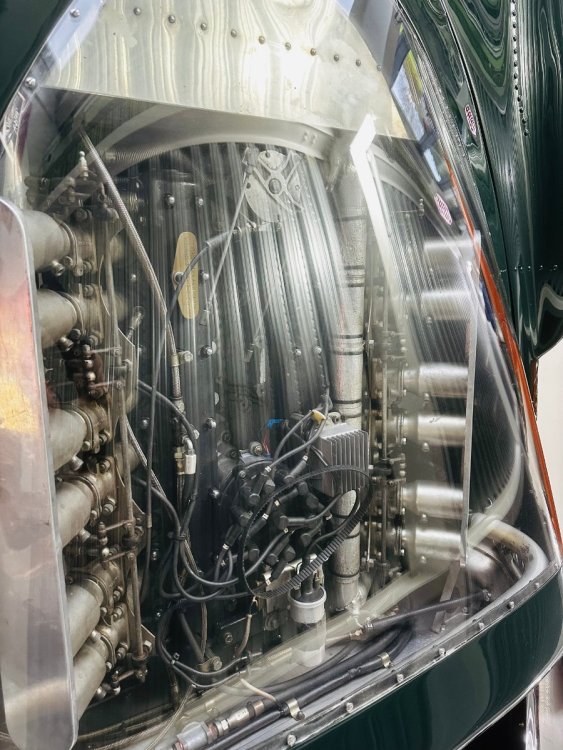
Recommended Comments
There are no comments to display.